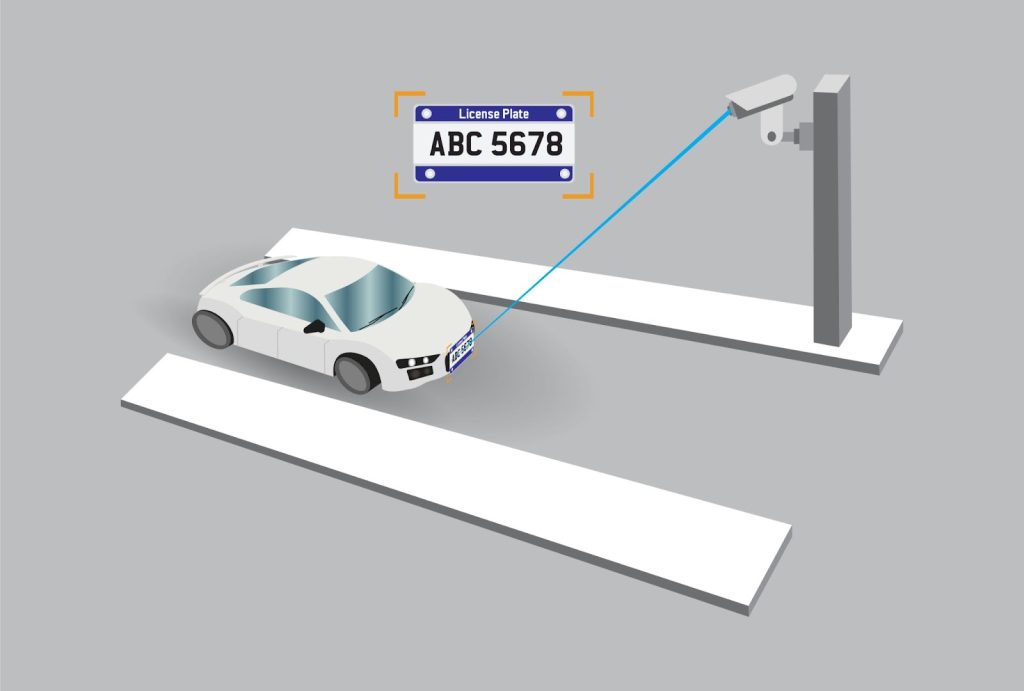How to Create an Effective Product Engineering Checklist
When managing product engineering services, having a clear and structured checklist can significantly enhance efficiency and reduce the risk of missing critical steps. This blog will guide you through the essentials of creating a highly effective product engineering checklist that aligns with industry best practices, helping teams deliver quality and innovation in their products.
Introduction to Product Engineering Services
Product engineering services refer to the process of designing, developing, testing, and deploying products or systems. From hardware to software solutions, product engineering requires rigorous planning and execution to meet both functional and market needs. One of the essential tools that help in this process is a well-organized checklist.
Checklists are indispensable in product engineering. They ensure that no steps are skipped, critical milestones are reached on time, and quality standards are consistently upheld. However, not every checklist is equally effective. The goal here is to explain how to create a comprehensive and tailored checklist that ensures success.
Importance of an Effective Product Engineering Checklist
An effective checklist in product engineering helps teams stay organized, reduces errors, and ensures all requirements are met during the development lifecycle. Here’s why a well-prepared checklist matters:
- Improved Efficiency: A checklist offers clear guidelines that prevent unnecessary back-and-forth during different stages of the product engineering process.
- Error Reduction: Engineers are less likely to overlook critical tasks, reducing the risk of defects in the final product.
- Consistency in Quality: Standardized checklists help maintain consistent quality across multiple projects.
Now, let’s dive into how to create one that addresses all key aspects of product engineering.
Key Components of a Product Engineering Checklist
1 Requirement Gathering
The first step is defining and understanding the product requirements. Before any engineering begins, the team should gather all necessary information about what the product must accomplish.
- Stakeholder Interviews: Engage with stakeholders to identify their needs.
- Market Research: Understand the target audience and competitive landscape.
- Technical Feasibility: Ensure the technology can meet the product goals.
Checklist items:
- Conduct stakeholder interviews
- Complete competitive analysis
- Assess technical requirements and feasibility
2 Design and Prototyping
Once the requirements are clear, the next step is to create design documents and prototypes. This phase helps visualize the product and foresee potential issues before development begins.
- Conceptual Design: Draft a high-level design of the product.
- Prototyping: Develop a prototype to test ideas quickly.
- Feedback Loop: Gather feedback from team members or stakeholders.
Checklist items:
- Create initial product designs
- Build a working prototype
- Conduct a review session for design feedback
3 Development Phase
The development phase is where the product engineering services come into full swing. At this stage, engineers work on building the actual product based on the design specifications.
- Coding and Assembly: Depending on the product (software, hardware, etc.), this involves coding or physically assembling components.
- Version Control: Use version control systems (like Git) to track progress.
- Documentation: Document all aspects of the development process for future reference.
Checklist items:
- Start product development according to the design
- Implement version control practices
- Document key steps and decisions in the process
4 Testing and Validation
Testing is critical to ensuring that the product functions as expected. This phase is vital for identifying any defects or areas for improvement.
- Unit Testing: Test individual components or features.
- Integration Testing: Ensure all components work well together.
- User Acceptance Testing (UAT): Get feedback from end users to validate the product’s usability.
Checklist items:
- Perform unit and integration tests
- Conduct user acceptance testing
- Ensure all identified issues are fixed
5 Deployment and Implementation
Once testing is complete and the product meets all requirements, it’s time for deployment. This phase focuses on making sure the product is ready for launch or client use.
- Deployment Plan: Create a comprehensive plan for how and where the product will be deployed.
- Monitoring: Set up monitoring systems to ensure the product works as expected post-deployment.
- Support: Establish a support team for any issues that arise after deployment.
Checklist items:
- Finalize deployment plan
- Set up post-launch monitoring tools
- Prepare a support team for user issues
Enhancing Your Checklist with Best Practices
While the above checklist provides a solid framework, there are several ways to make it even more effective. Here are some best practices:
- Tailor the Checklist to Specific Projects
No two product engineering projects are the same. Modify your checklist to meet the specific needs of each project. Some projects might require more emphasis on testing, while others might need more focus on design.
- Review and Update Regularly
Product engineering services often evolve as new tools and methodologies emerge. Periodically review and update your checklist to reflect the latest trends, technologies, and industry standards.
- Incorporate Feedback Loops
During each phase of product engineering, ensure there are opportunities for gathering feedback. This can be from stakeholders, users, or even internal teams. Integrating this feedback can enhance the product and improve your checklist for future use.
- Automate Where Possible
Many tasks on the checklist, such as testing or version control, can be automated with the right tools. Automation reduces human error and accelerates the overall product engineering process.
Benefits of Using a Product Engineering Checklist
- Minimizes Oversights: With a clear step-by-step guide, the chances of skipping important tasks are significantly reduced.
- Enhances Team Communication: A checklist keeps everyone aligned and aware of the project’s progress and what needs to be done.
- Increases Efficiency: Following a structured checklist helps streamline the process, avoiding unnecessary delays and bottlenecks.
- Boosts Product Quality: When every task is carefully executed and documented, the final product is more likely to meet high standards of quality.
Conclusion
Creating an effective product engineering checklist is essential for the success of any product development process. Whether you are handling product engineering services for software, hardware, or complex systems, a structured approach will lead to better efficiency, fewer errors, and higher-quality outcomes. Start by defining clear requirements, move through design, development, testing, and deployment, and always keep the checklist dynamic and adaptable to each project’s needs.
With this guide, you can now design your own checklist, improve your engineering processes, and ultimately deliver top-tier products that meet market demands.













Post Comment